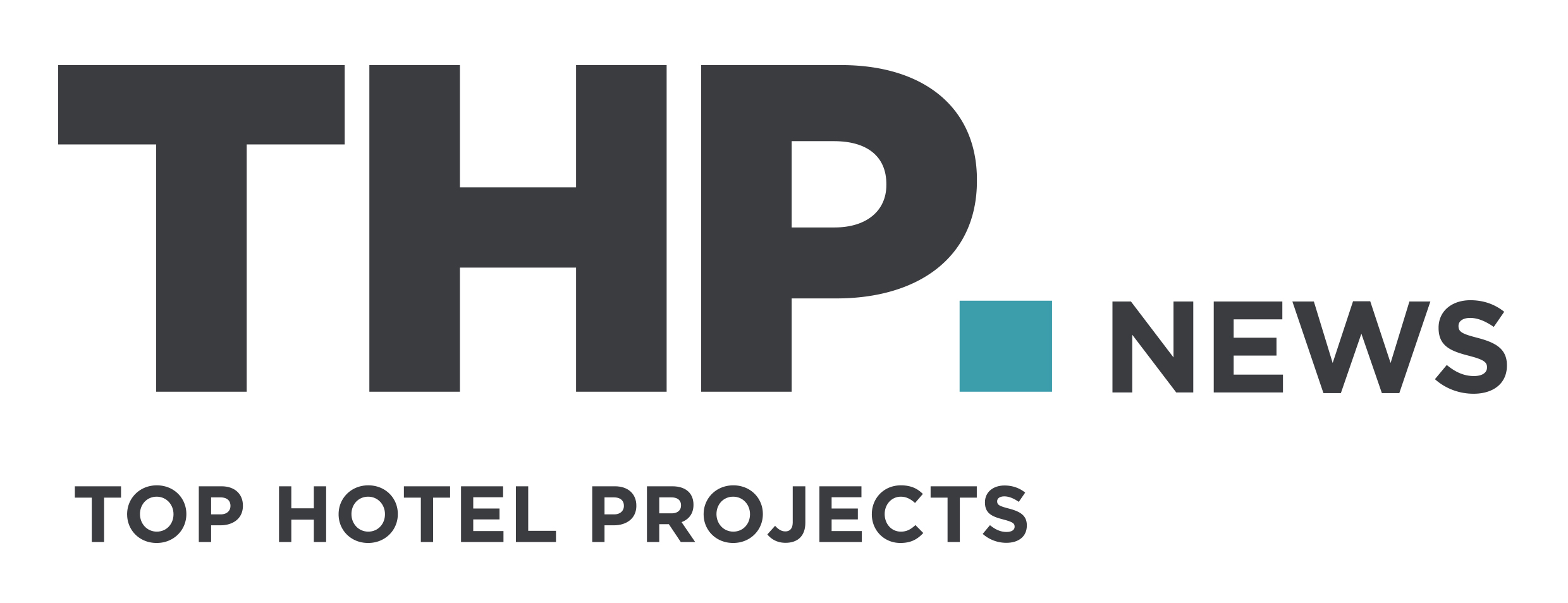Hotels across the Middle East have endured exceptionally challenging conditions recently. (Photo from Unsplash by Afif Kusuma)
The Middle East’s hotel industry was rocked by the short-term economic fallout from coronavirus, but there is hope that it may already be over the worst of the crisis.
Middle East profit per available room turned negative in April, as the region continued to be battered by Covid19. And while hotel performance data will continue to be anaemic for the near-term, May could see the first buds of promise emerge, according to one industry leader in the region.
Mark Willis, CEO of Middle East & Africa at Accor, in a recent interview with Bloomberg, noted an uptick in demand in May, including specific signs of positivity in the UAE and Saudi Arabia and a “positive vibe in Dubai”.
April, meanwhile, reached new lows for the region. Ramadan (23 April – 23 May) did little to improve hotel performance, as even partial easing during the holy month led to a spike in infections.
Occupancy dropped 58 percentage points from the same time a year ago. That, combined with a 32.8% year-over-year decline in average room rate, led to an 83% YOY drop in RevPAR.
The huge decline in rooms revenue, combined with little to no ancillary revenue, resulted in an 85.4% YOY decrease in total revenue (TRevPAR).
The dramatic fall in revenue, even with a let-up in expenses, including a 52.3% YOY drop in labour costs on a per-available-room basis, led to a 115.3% YOY decrease in GOPPAR to $-14.62.
Profit margin also fell into negative territory, down 83.4 percentage points to -42.7%.
[showlayout id=496934]
Profit & Loss Performance Indicators – Total Middle East (in USD)
| KPI | April 2020 v April 2019 | YTD 2020 v YTD 2019 |
| RevPAR | -83.0% to $22.97 | -39.7% to $77.44 |
| TRevPAR | -85.4% to $34.28 | -40.1% to $133.23 |
| Payroll PAR | -52.3% to $28.57 | -22.7% to $45.84 |
| GOPPAR | -115.3% to $-14.62 | -57.9% to $36.83 |
Dubai
As Dubai moves further into reopen mode (on 24 April, it eased a full curfew to eight hours at night and allowed restaurants to reopen at limited capacity; and in early May allowed public parks to reopen and hotel guests to access private beaches), its hotels hope that April performance numbers will be a thing of the past.
Like the total Middle East region, occupancy in the month dropped precipitously (down 71 percentage points) and, combined with a decline in average rate of 58.6% YOY, led to a 93.1% YOY drop in RevPAR.
On the profit side, GOPPAR fell 122% YOY to a negative value of $-31.29.
After a benign February, Dubai’s hotel market plummeted in March and foundered further in April, noted by an 81% drop in TRevPAR from March to April and a massive 582% drop in the same timeframe.
Meanwhile, a more dire picture is emanating from Dubai, where a recent survey by the Dubai Chamber of Commerce revealed that 70% of businesses in the emirate expected to close within the next six months. Dubai is one of the most diversified economies in the Gulf and hyper-reliant on travel and tourism dollars. Within the survey, some 74% of travel and tourism companies said they expected to close in the next month alone.
In an attempt to manufacture revenue, some Dubai hotels, short on guests, are now doubling up as offices. At the same time, Dubai is trying to soften the blow to hotel owners by reducing the municipality tax on hotels from 7% to 3.5% up to 15 June.
Profit & Loss Performance Indicators – Dubai (in USD)
| KPI | April 2020 v April 2019 | YTD 2020 v YTD 2019 |
| RevPAR | -93.1% to $13.42 | -44.5% to $109.22 |
| TRevPAR | -93.4% to $21.29 | -44.0% to $181.64 |
| Payroll PAR | -59.0% to $31.11 | -29.2% to $54.15 |
| GOPPAR | -122.0% to $-31.29 | -57.6% to $60.86 |
Istanbul
Istanbul, part of Turkey’s $35 billion tourism industry, saw similar grim results in April. The country is now doing all it can to shore up its tourism industry through the ‘healthy tourism certificate’, a programme to convince travellers that despite the global pandemic, the country’s beaches and other attractions will be safe to visit this year. This will include cleaning and vigorous checks of hotels.
“The more transparent and detailed information we give, the more we will earn the confidence of tourists,” tourism minister Mehmet Ersoy told Reuters.
Figures released in May showed the pandemic slashed foreign arrivals by 99% in April. That showed up in the data for the month. Occupancy was down 81.7 percentage points for the month, which combined with a 33% YOY drop in rate led to a 96% YOY decline in RevPAR. TRevPAR declined 96.1% YOY.
The revenue shortage, combined with remaining fixed costs, including labour at $12.26 per available room, led to a 119.3% YOY decrease in GOPPAR.
Profit & Loss Performance Indicators – Istanbul (in USD)
| KPI | April 2020 v April 2019 | YTD 2020 v YTD 2019 |
| RevPAR | -96.0% to $4.79 | -42.6% to $47.04 |
| TRevPAR | -96.1% to $6.53 | -42.6% to $69.23 |
| Payroll PAR | -65.1% to $12.26 | -8.9% to $31.34 |
| GOPPAR | -119.3% to $-16.47 | -80.8% to $8.88 |






